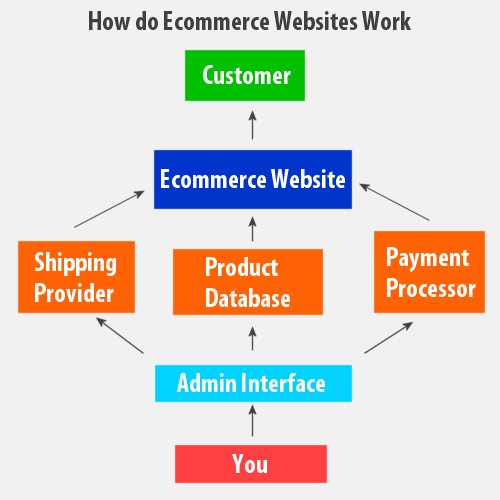“The most important thing for us and the reason we exist is that all the power is going to all of us, the buyers and consumers,” says Drift CEO David Cancel. “It’s going from companies to consumer buyers. We (as consumers) dictate everything now so every company in the world has to modify how they sell and service to make us happy. This is good news for us but it is a radical shift especially in B2B.”
David Cancel, CEO of Drift, discusses their new partnership with Adobe and the launch of their joint product called Conversational ABM in an interview with Jeff Barrett:
The Power is Going From Companies To Consumers
We’ve been working a while now with Marketo and now that Adobe and Marketo have come together it’s going to the next level. We announced a joint product today called Conversational ABM which is the next step we are taking. We’ve been working mainly with the Marketo side which is B2B and now we are going to start to work with the B2C side with Adobe. We will be working with consumer companies and business companies. We will be doing both.
The most important thing for us and the reason we exist is that all the power is going to all of us, the buyers and consumers. It’s going from companies to consumer buyers. We (as consumers) dictate everything now so every company in the world has to modify how they sell and service to make us happy. This is good news for us but it is a radical shift especially in B2B. We are not going to put up with it anymore. We have infinite choice. We have lots of options. We just want to deal with companies that are going to make us feel better and have amazing experiences.
Removing Things That Prevent Real Conversations
We do a lot of stuff with bots and AI. What’s exciting there to me is not just that part but removing the friction and removing the things that prevent real conversations and real relationships from happening. We’ve been spending so much time putting things into Excel spreadsheets and databases that we have lost sight that business is human to human. It’s you and me. Bots are not buying from each other. So until the bots buy from each other and the world is over it’s all about all of us.
Right now we are moving and prioritizing. We are going back to basics. We are going back to how selling, marketing, and how business has operated for all of time. We’ve just been in a weird 10-20 year bubble where we’ve extracted that away. We’ve removed the humanity out of it. Now we are now going back to what it was before.
You Just Have To Be a Normal Human
It’s kind of funny because you just have to be a normal human. You’ve got to take away the business hat. You’ve got to take away the things we did before which is what adds so much complexity in the tool space. What is the most authentic relationship that we are going to have? How would I want to be treated? When you start to do that it becomes obvious and the tools are not that complicated. We overcomplicate it because we are used to selling to people in a way that makes it this kind of world.
But guess what, an entirely new generation is coming online now who doesn’t think this is normal. There are entirely new generations coming online globally around the world who don’t think this is normal. So we have to wake up. They think that personally buying is normal. To think that on the business side of things you can only buy from 9-5 when there isn’t a holiday when there is someone available and when they want to talk to you. It made sense to a certain generation. It is now the thing that is going away.


































